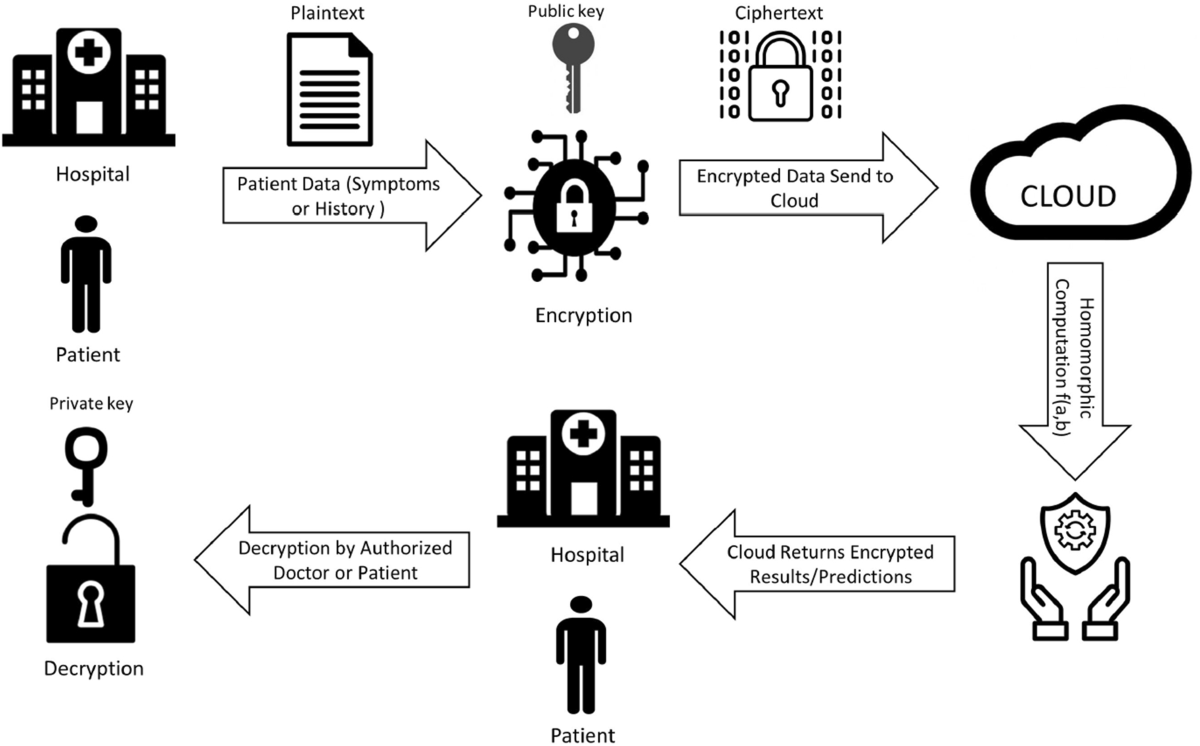DC Switching Devices: Transforming Electrical Systems for Efficiency and Reliability
The global DC Switching Devices market has been witnessing significant growth, driven by the rising demand for efficient power distribution systems across various industries. DC switching devices, which include DC contactors, relays, and circuit breakers, play a critical role in controlling the flow of direct current (DC) in electrical circuits. These devices ensure safe operation, prevent equipment damage, and enhance system reliability, making them indispensable in modern electrical infrastructures such as renewable energy systems, electric vehicles, and industrial automation setups.
Overview of DC Switching Devices
DC switching devices are specifically designed to handle direct current, which behaves differently from alternating current (AC) when interrupted. Unlike AC, which periodically drops to zero, DC maintains a constant flow, making the interruption process more challenging. This characteristic necessitates specialized switching devices capable of quickly breaking the current to prevent arcing and potential damage to the electrical system. Key types of DC switching devices include:
-
DC Contactors: Used for switching high-current DC loads, they are essential in battery management systems, electric trains, and large industrial equipment.
-
DC Relays: Smaller in scale than contactors, these devices provide reliable control over low to medium-current circuits.
-
DC Circuit Breakers: Protect circuits from overloads and short circuits by automatically disconnecting the current flow, ensuring safety and system integrity.
Market Trends Driving Growth
The surge in demand for DC switching devices is closely tied to global energy transition trends. Renewable energy sources like solar and wind power rely on DC systems for energy storage and distribution, requiring efficient switching solutions. Additionally, the rapid growth of the electric vehicle (EV) market is pushing the need for high-performance DC contactors and switches to manage battery packs and charging systems effectively. Other significant market drivers include:
-
Miniaturization and Efficiency: Advances in materials and design are leading to more compact, energy-efficient devices that can handle higher currents with lower power loss.
-
Smart Grid Integration: Modern grids demand precise control over power distribution, and DC switching devices enable enhanced monitoring and automation.
-
Industrial Automation: Manufacturing and processing industries are adopting automated systems that require reliable DC switching components for uninterrupted operation.
Applications Across Industries
DC switching devices find application across multiple sectors, reflecting their versatility:
-
Renewable Energy: Solar panels and wind turbines rely on DC switching devices to manage energy flow and protect systems from electrical faults.
-
Transportation: Electric and hybrid vehicles use DC contactors to control power delivery from battery packs to motors.
-
Telecommunications: Data centers and telecom infrastructures utilize DC systems for uninterrupted power supply, leveraging reliable switching devices.
-
Industrial Automation: DC relays and contactors are integrated into robotic systems and automated machinery for precise operational control.
Technological Advancements
Recent technological developments are enhancing the performance of DC switching devices. Innovations such as solid-state DC switches reduce mechanical wear, provide faster response times, and increase device lifespan. Furthermore, integration with IoT and smart monitoring systems allows for predictive maintenance, reducing downtime and operational costs. Manufacturers are also focusing on improving thermal management and arc suppression techniques, which are critical for handling high-current DC applications safely.
Challenges and Future Outlook
Despite the promising growth, the DC switching devices market faces challenges. High initial costs, complex design requirements, and safety concerns during high-current interruptions pose hurdles. However, ongoing research in materials, semiconductor technologies, and system design is expected to overcome these barriers. The market is anticipated to grow robustly as industries continue to shift toward energy-efficient and automated solutions. With increasing investments in renewable energy and EV infrastructure, DC switching devices will remain a cornerstone of modern electrical systems.
Conclusion
The DC Switching Devices market is poised for significant expansion as industries prioritize efficiency, reliability, and sustainability. From industrial automation to renewable energy and transportation, these devices are crucial for safe and efficient power management. With continuous technological advancements and increasing adoption, the market for DC switching devices is set to achieve robust growth in the coming years.
FAQs
1. What is the main difference between DC and AC switching devices?
DC switching devices are specifically designed to interrupt a constant direct current, which does not naturally drop to zero like AC. This requires special arc suppression and faster breaking mechanisms.
2. Where are DC contactors commonly used?
DC contactors are widely used in electric vehicles, battery energy storage systems, industrial machinery, and renewable energy installations to manage high-current DC circuits safely.
3. What are the benefits of using solid-state DC switches?
Solid-state DC switches offer faster response times, longer lifespan, lower maintenance, and reduced mechanical wear compared to traditional electromechanical switches.
More Related Reports:


